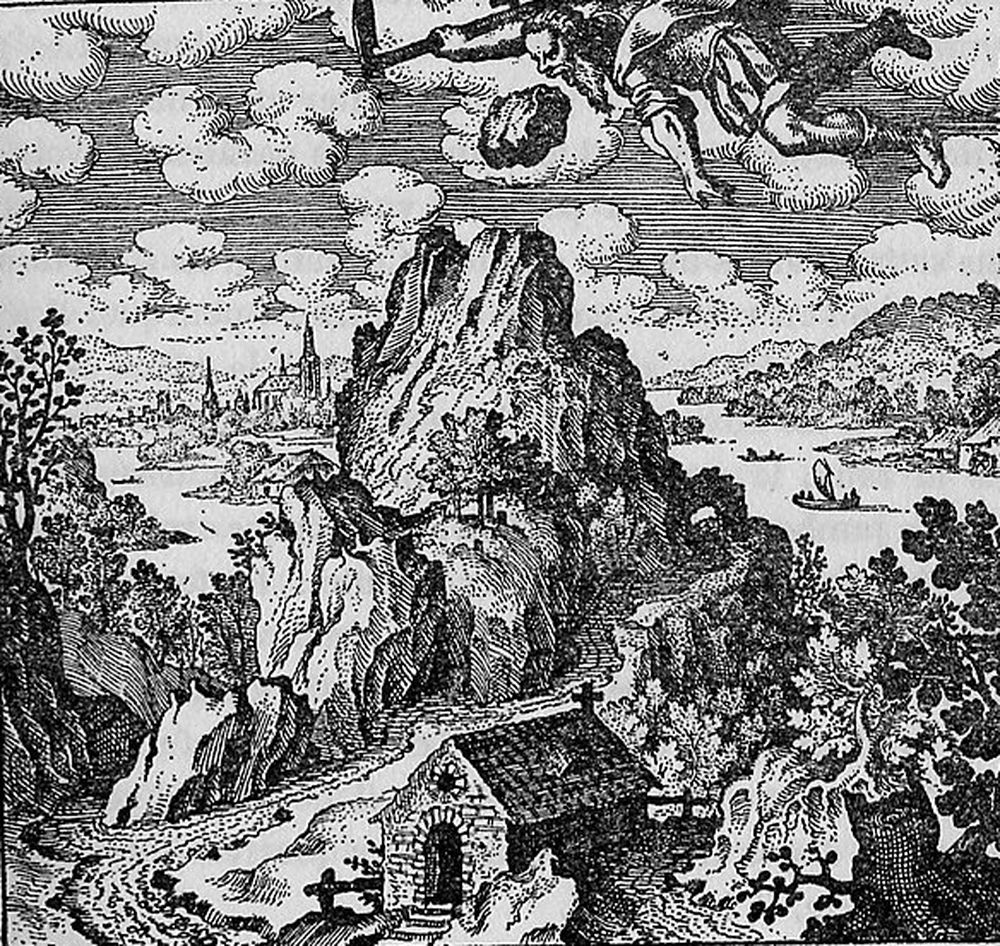
Day two – late night wolves
filed under: Lead

Late in the evening (after 200g tuba sashimi, 10 oysters, cabbage and asparagus stir fry) I was looking through my edition of Michael Maier’s Atalanta Fugiens with commentary by H.M.E Jong. I started to follow up the emblem XXIV – the wolf devouring the king with the epigram:
The wolf devoured the king and after the wolf has been burnt, it returned the king to life.
In the commentary from Jong, the wolf is associated with antimony. The king is the philosopher’s stone. Jong quotes from Basil Valentine’s first key (again the image we chose for antimony, for Theun to focus on):
Let my friend know that no impure or spotted things are useful for our purpose. For there is nothing in their leprous nature capable of advancing the interests of our Art. There is much more likelihood of that which is in itself good being spoiled by that which is impure. Everything that is obtained from the mines has its value, unless, indeed, it is adulterated. Adulteration, then, spoils its goodness and its efficacy.
As the physician purges and cleanses the inward parts of the body, and removes all unhealthy matter by means of his medicines, so our metallic substances must be purified and refined of all foreign matter, in order to ensure the success of our task. Therefore, our Masters require a pure, immaculate body, that is untainted with any foreign admixture, which admixture is the leprosy of our metals.
This is from https://alkemia.wordpress.com/library/twelve-keys/the-twelve-keys-of-basil-valentine-part-1/ which is slightly different in translation from the Jong which is nicer – all things that are impure and soiled… Although the “spotted things” makes me think of the Reinsch test – also for antimony – more on this later.
I’m intrigued by the metaphor of the physician, starting to become more attuned to these parallels between metallurgy, working with metals, and the body, particularly in terms of health.
But I want to focus on an emblem which is more connected with lead and stumble on XII which seems to foreshadow the practice of Tiny Mining:

The Stone that Saturn vomited up in place of his son Jupiter, has been placed on the Helicon as a souvenir for the mortals.
Vomiting the stone (in this case Saturn or lead) I always imagined as the last extractive stage of Tiny Mining, provoked at the right time by the community drug Argotine. The Summary of the Discourse (from Maier) is very odd:
The allegory about Saturn is explained in various ways. According to the astronomers Saturn is the last of the planets. In chemical respect he is the humblest of the metals, lead. The poets consider him as being the father of Jupiter, the son of heaven. In mythology he symbolizes time. It is not explained, however, why Saturn eats his children, but devours a stone instead of Jupiter and spits it out again, and why he is called the inventor of truth, why he yields a scythe and serpent, why he is black and conceited and lame. It is thought to be explained as follows:
“Time reveals the truth and produces it from darkness, just as the serpent, which creeps out of darkness. He carries a scythe because, just as Time, he mows everything he produces.”
The devouring and spitting out of stones, however remain unexplained.